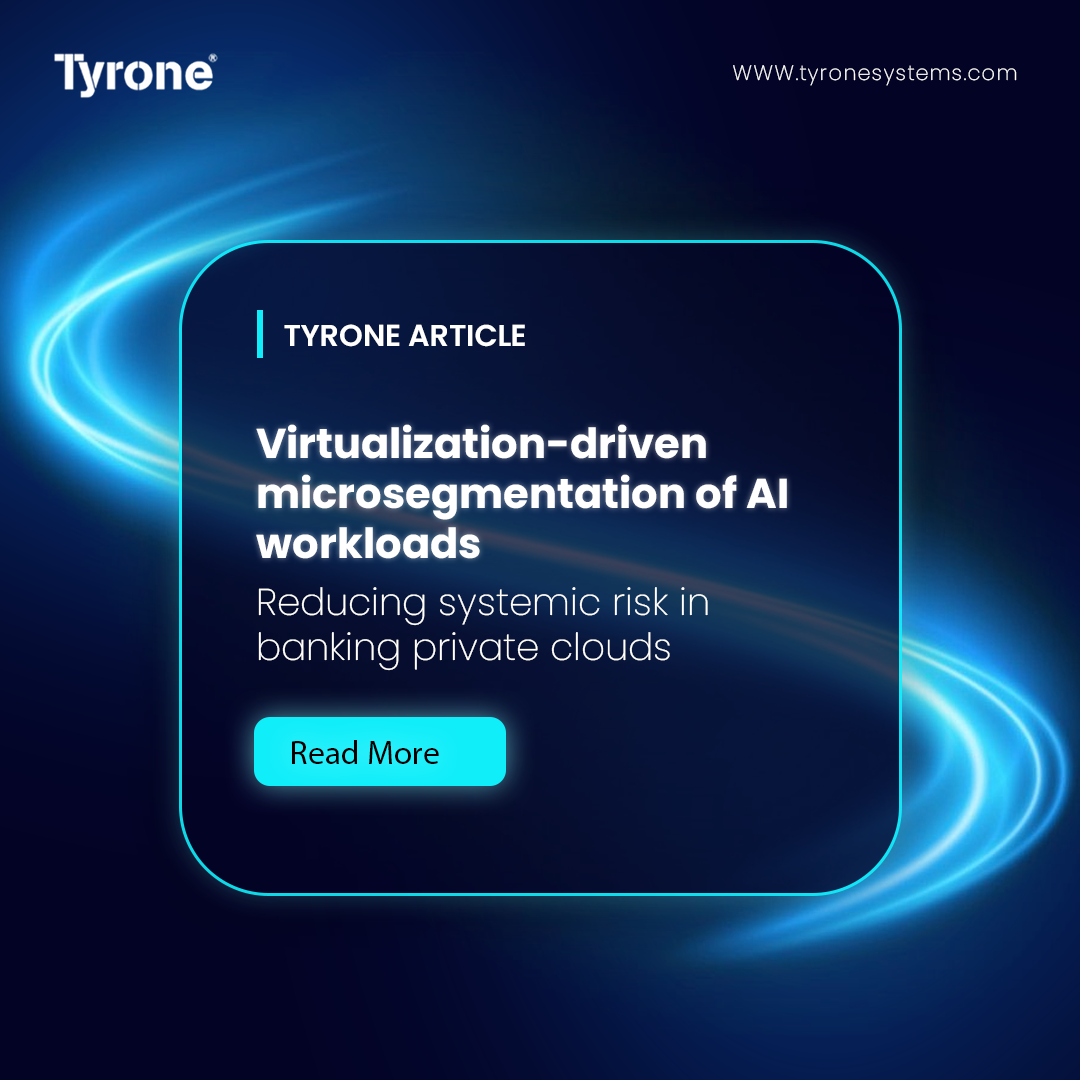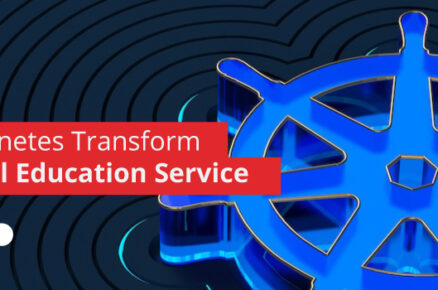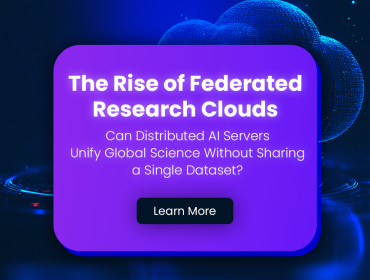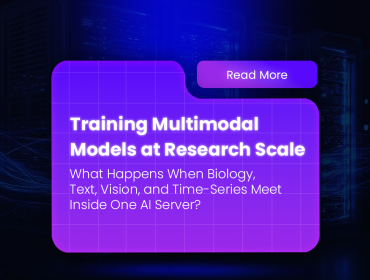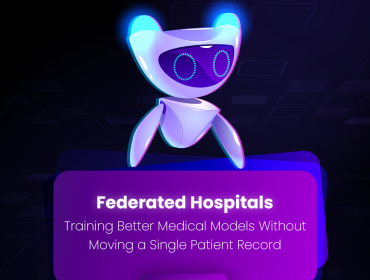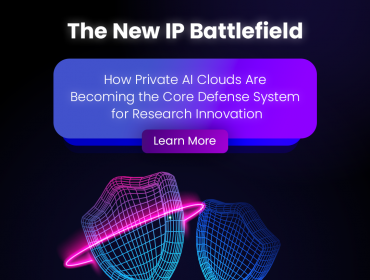The New Risk Reality
AI has become the operational backbone of modern banking — from credit risk modeling and fraud detection to customer behavior prediction and liquidity forecasting. These workloads increasingly run on private clouds for regulatory and data-sovereignty reasons. However, the same flexibility that makes private clouds appealing—shared resources, dynamic scaling, and interconnected services—also introduces systemic risk.
If one AI workload becomes compromised or unstable, the threat can propagate laterally across the network, affecting other mission-critical systems. Traditional perimeter-based defenses are ineffective against such internal, east-west movement.
This is where virtualization-driven microsegmentation becomes indispensable—an approach that creates fine-grained, virtual boundaries around workloads, containing threats before they escalate.
How Virtualization Enables Microsegmentation
Virtualization provides a structural advantage: it abstracts hardware into manageable virtual entities—virtual machines, hypervisors, and containers—that can be individually controlled.
Each workload can be isolated logically with policies that dictate what data it can access, what applications it can communicate with, and what external services it can invoke.
Unlike static network segmentation, virtualization-based microsegmentation is dynamic and context-aware. Policies travel with the workload as it scales or migrates across the private cloud, ensuring consistent enforcement without manual reconfiguration.
This granularity ensures that if one workload—say a model-serving function or data-preprocessing pipeline—is compromised, its privileges and communication channels are automatically restricted. The “blast radius” of failure or breach is drastically minimized.
Limiting Lateral Movement and Systemic Contagion
Systemic risk in banking clouds is rarely caused by a single failure; it’s the chain reaction that follows.
A misconfigured fraud model, an unpatched container, or an exposed API can create an entry point. Once inside, attackers or cascading process errors exploit lateral movement to reach sensitive financial systems.
Microsegmentation confines this movement by enforcing identity-driven communication: only explicitly authorized entities can talk to each other, regardless of being within the same network zone.
This architectural approach shifts the model from implicit trust to zero trust within the private cloud, aligning with emerging compliance and resilience mandates from financial regulators.

The Strategic Trade-Offs
1. Performance vs. Isolation
There’s always tension between performance and isolation. AI workloads, particularly inference engines and fraud detection models, operate under tight latency constraints.
The additional inspection and control layers introduced by microsegmentation can add processing overhead. However, virtualization-aware enforcement—using hypervisor-level control or optimized container interfaces—minimizes this impact.
In fact, well-tuned virtual environments have reduced performance overheads from about 18% to under 6% for complex data workloads through CPU pinning and isolation optimization.
(Source: MDPI Benchmarking Study)
2. Granularity vs. Manageability
Greater segmentation granularity enhances security but increases operational complexity. Managing thousands of workload-level policies manually is unsustainable.
The solution lies in automation: policy-as-code frameworks that define rules based on metadata such as workload type, sensitivity, or business domain. This approach allows consistency without manual sprawl and aligns with DevSecOps governance.
3. Visibility and Auditability
For stakeholders—especially those responsible for compliance, audit, and operational risk—visibility is critical.
Microsegmentation should provide continuous telemetry: who accessed what, when, and through which path.
This not only accelerates breach investigation but also satisfies regulatory requirements for demonstrating least-privilege enforcement and containment capability.
Implementation Blueprint for Banking Clouds
Phase 1: Dependency Discovery
Begin with a complete mapping of AI workloads, data stores, APIs, and inter-service dependencies. Understand which services communicate and why. Without this visibility, segmentation can break valid flows or introduce hidden dependencies.
Phase 2: Define Logical Zones
Create segmentation zones that mirror business functions—such as “Model Training,” “Real-Time Inference,” “Feature Engineering,” or “Audit and Reporting.”
Each zone should have explicit ingress and egress policies. Cross-zone communication should occur only through verified interfaces, ideally monitored and logged.
Phase 3: Pilot, Measure, and Iterate
Start with a limited deployment, perhaps around non-critical AI workloads, and measure performance, latency, and policy accuracy.
Use this data to refine rules before extending to production environments.
Phase 4: Automate and Operationalize
Adopt automation to manage policies as part of the CI/CD pipeline. Continuous monitoring ensures that any new workload automatically inherits relevant segmentation rules, preventing policy drift or human error.
Phase 5: Governance and Compliance Integration
Integrate microsegmentation within the organization’s overall risk governance framework.
Document segmentation policies, changes, and exceptions. Align them with audit trails and regulatory reporting to satisfy oversight bodies and reduce compliance exposure.
Quantifying the Impact
The value of microsegmentation can be measured in tangible terms.
Organizations that adopted workload-level segmentation reported a 33% faster containment time for security incidents compared to traditional flat networks.
(Source: Network World)
Meanwhile, a recent global assessment found that 70% of AI workloads in cloud environments contained unresolved vulnerabilities, many enabling privilege escalation or lateral movement.
(Source: Enterprise IT World, 2024)
These figures underscore the urgency—and efficacy—of segmentation in managing both security and operational resilience.
Measuring Success Beyond Security
For executive stakeholders, microsegmentation’s impact extends beyond technical control.
It enhances business continuity by ensuring that a failure in one AI pipeline doesn’t paralyze the entire ecosystem.
It improves trust with regulators and clients by demonstrating proactive containment capability.
And it delivers financial value by reducing the likelihood and cost of major incidents, which often run into millions due to downtime, reputational loss, and remediation.

Conclusion: Containment as a Strategy
Virtualization-driven microsegmentation isn’t just an IT upgrade—it’s a systemic resilience strategy for banking AI infrastructures.
It provides the containment layer necessary for a world where AI workloads are dynamic, data flows are complex, and compliance standards are unforgiving.
By integrating microsegmentation at the virtualization layer, banks can ensure that even if one part of their AI ecosystem fails, the rest continues to operate safely and securely. For stakeholders focused on risk, resilience, and regulatory compliance, the message is clear: containment is not optional—it’s foundational.


